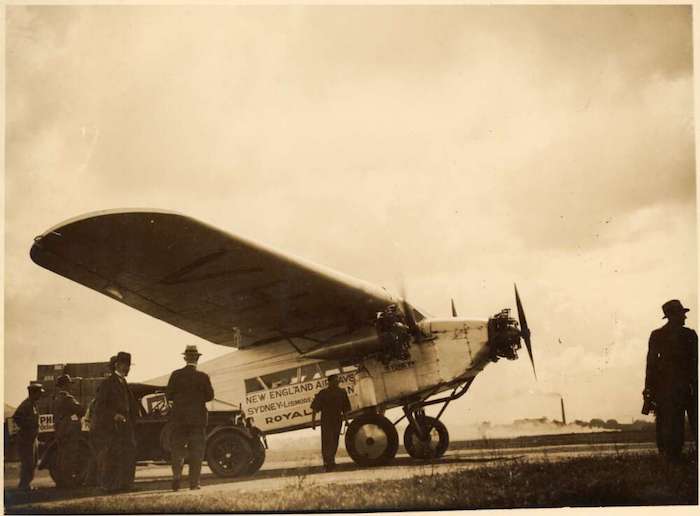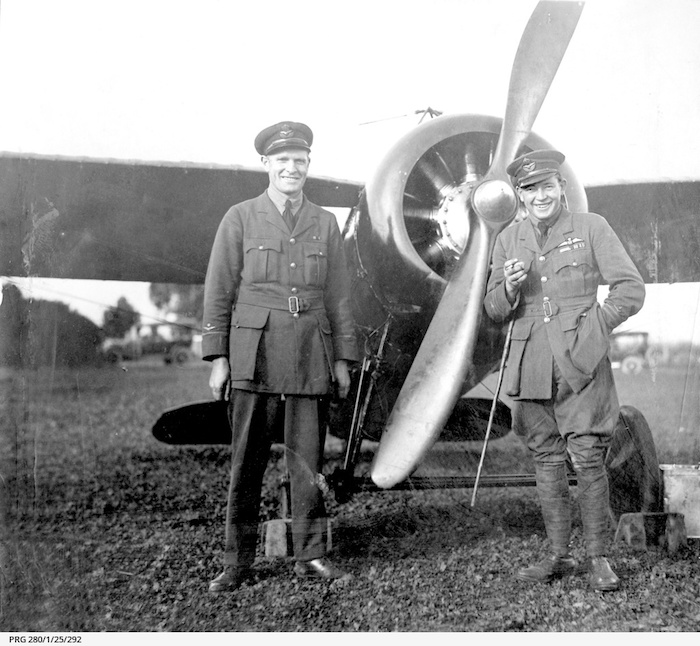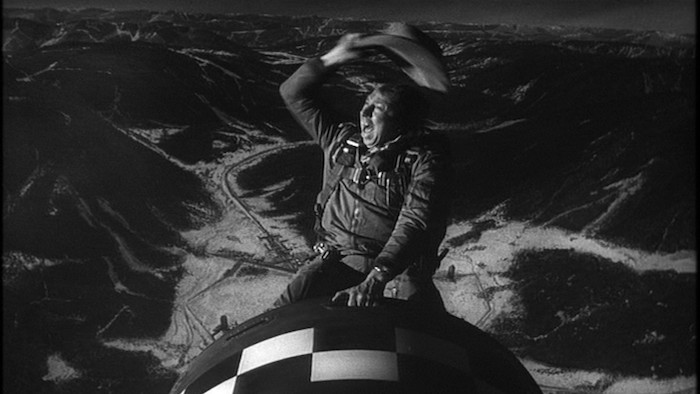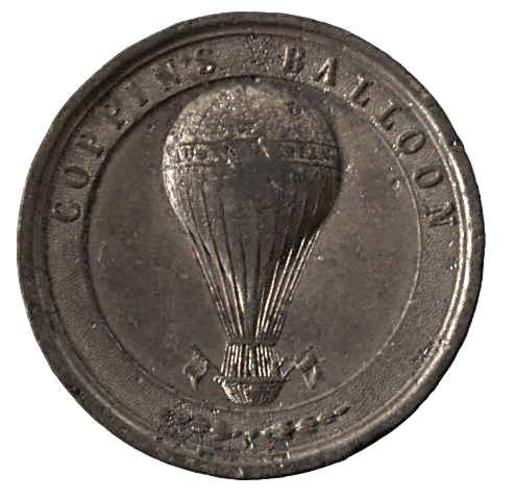Heritage of the air
Some big news. Today the Australian Research Council (ARC) announced that it is funding Linkage Project LP160101232, ‘Heritage of the air: how aviation transformed Australia’ to the amount of $440,000 over three years, with financial and/or in-kind contributions from Airservices Australia, the National Museum of Australia, the Civil Aviation Historical Society, and the SFO Museum. […]






